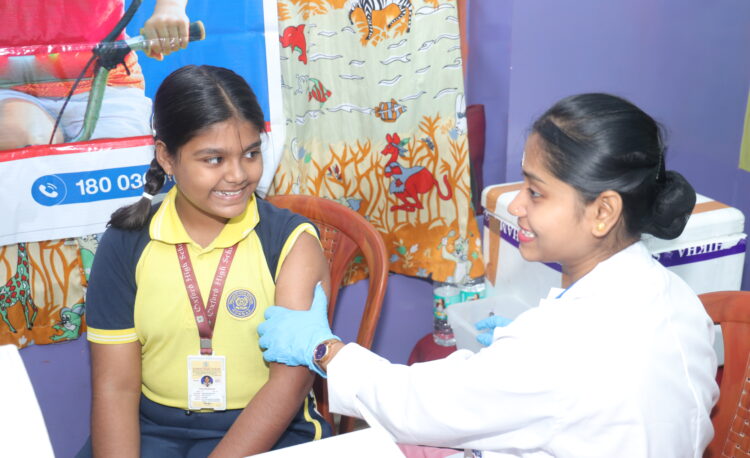Oxford High School Hosts HPV Vaccination Drive to Combat Cervical Cancer
Howrah, March 12, 2025 – In a significant step toward promoting women’s health, Oxford High School, in collaboration with Narayana Health and the Rotary International Club of Belur, organized an HPV vaccination drive to protect young girls from cervical cancer.
During the event, 100 girl children received the CERVAVAC vaccine, developed by the Serum Institute of India. The vaccinations were safely administered by healthcare professionals, ensuring proper guidance and post-vaccination care. Medical experts also addressed students and parents, emphasizing the importance of early HPV vaccination in preventing cervical cancer.
The Importance of HPV Vaccination in India
Cervical cancer remains a major health concern in India. As of 2020, it ranks as the second most common cancer among Indian women, accounting for 18.3% of all female cancer cases. Each year, approximately 123,907 women are diagnosed with cervical cancer, and 77,348 succumb to the disease. The age-standardized incidence rate is 18 per 100,000 women, with a mortality rate of 11.4 per 100,000. Alarmingly, India contributes to nearly one-fifth of global cervical cancer cases and about one-fourth of cervical cancer deaths worldwide. These statistics highlight the urgent need for effective prevention and treatment strategies. (hpvcentre.net)
The human papillomavirus (HPV), a common sexually transmitted infection, is the primary cause of cervical cancer. Research has shown that HPV vaccination significantly reduces the risk of HPV infections and related complications. Countries with robust vaccination programs have seen a sharp decline in cervical precancerous lesions and cancer cases. (medscape.com)
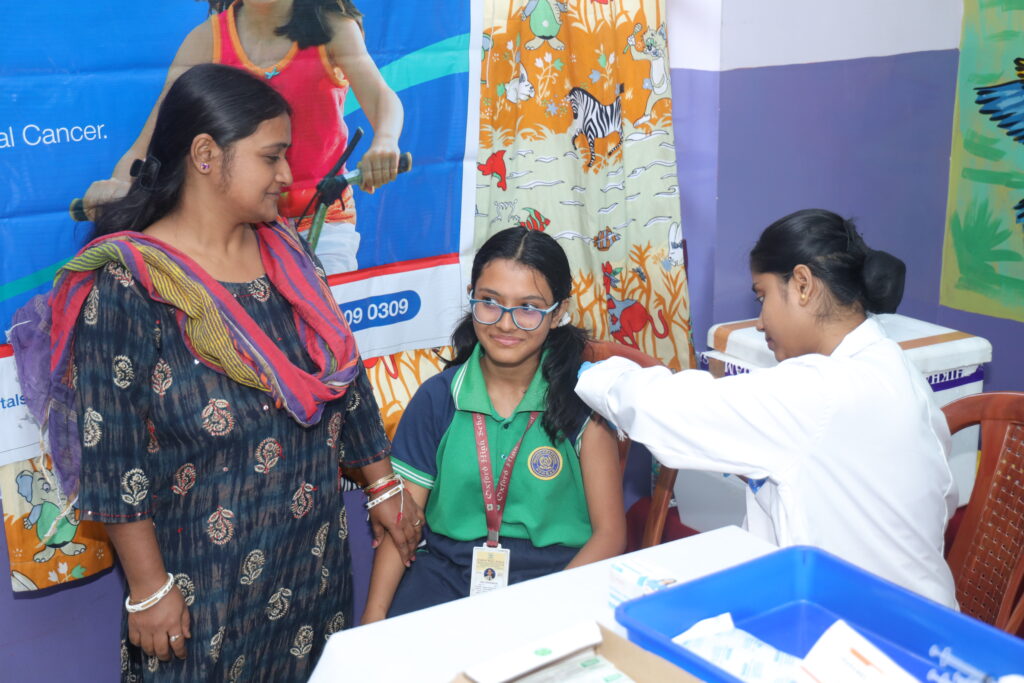
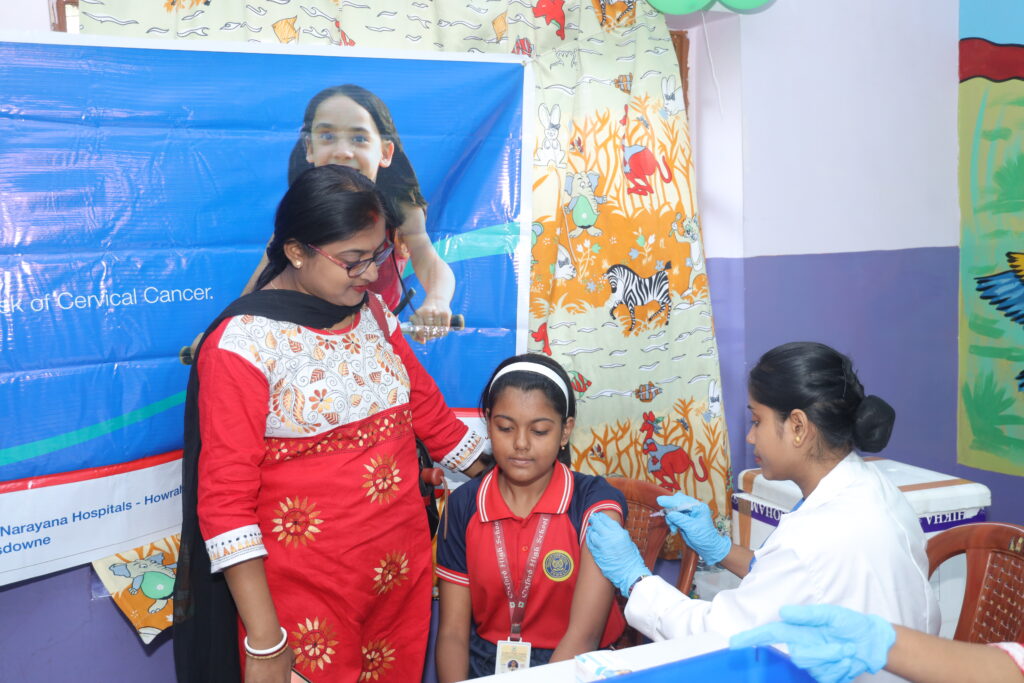
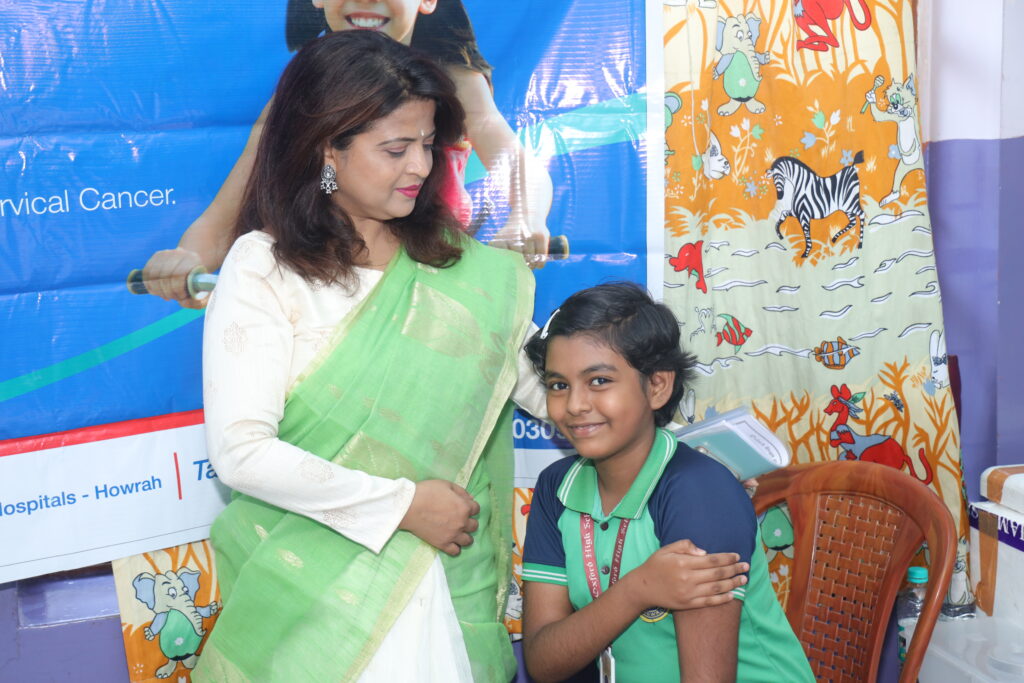

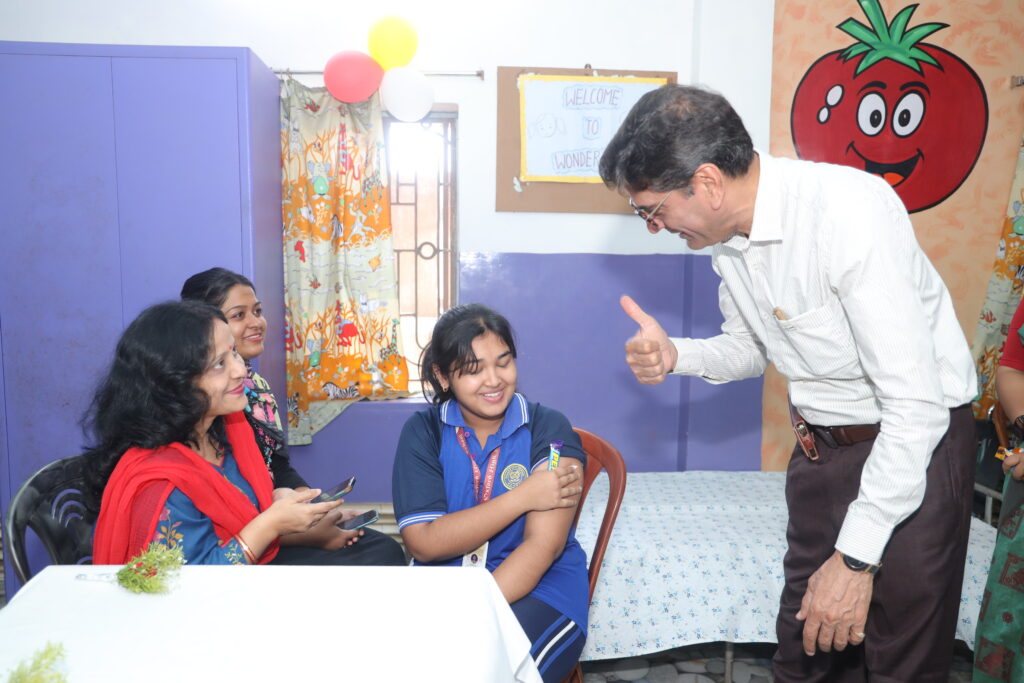

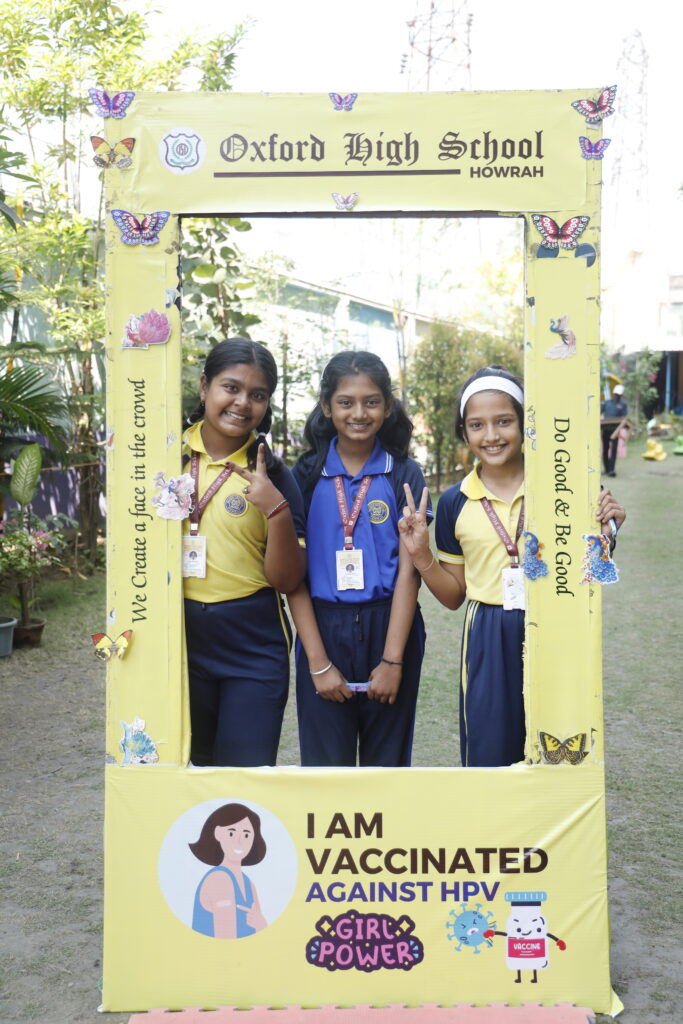
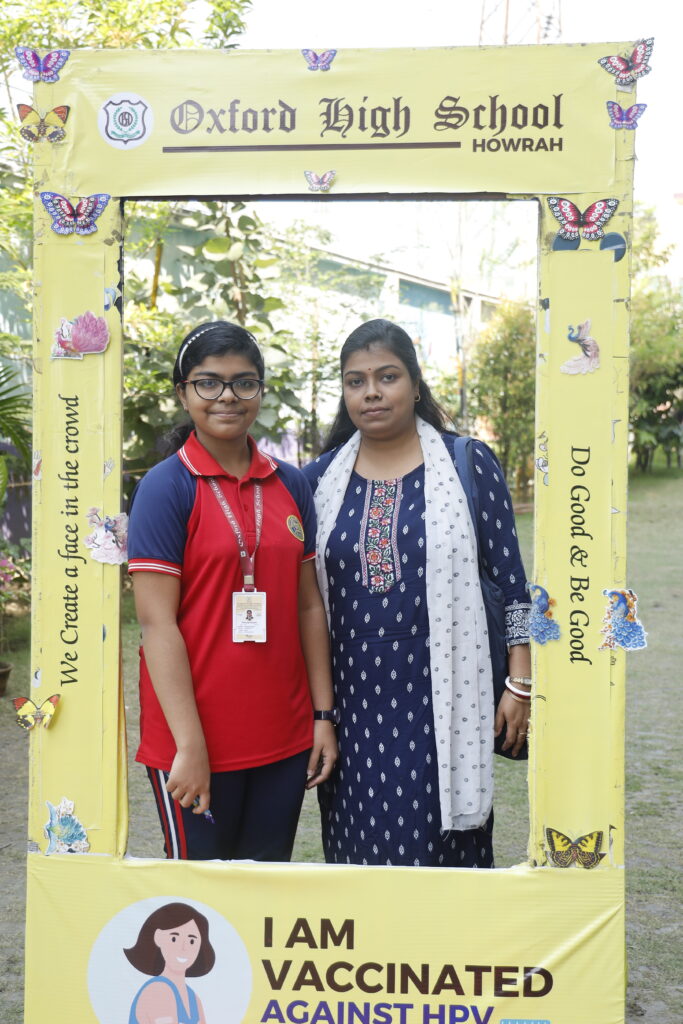
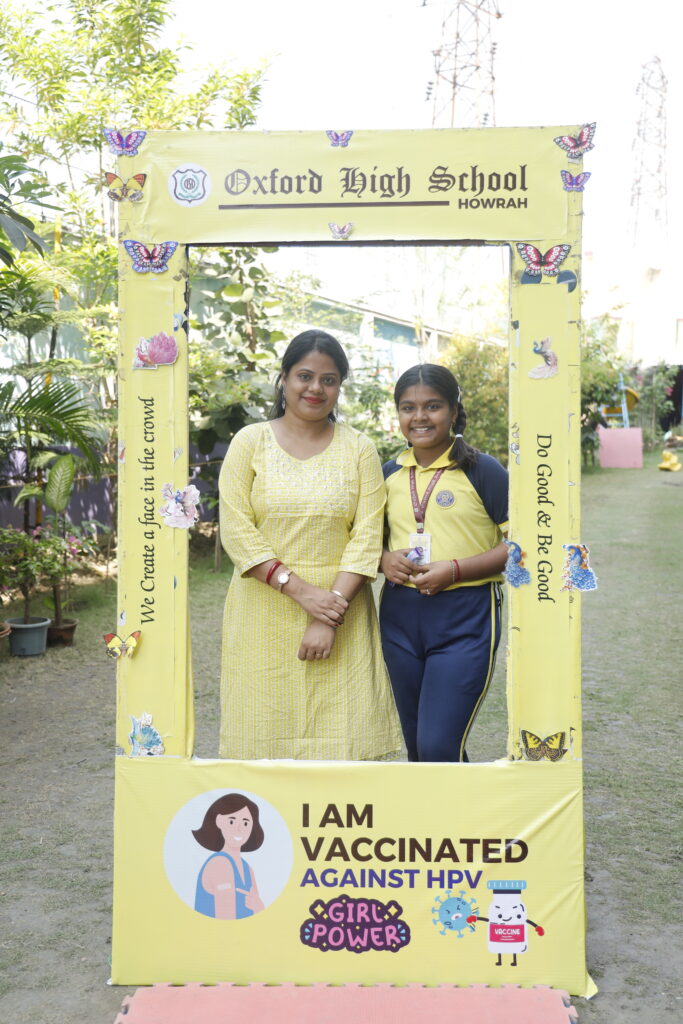
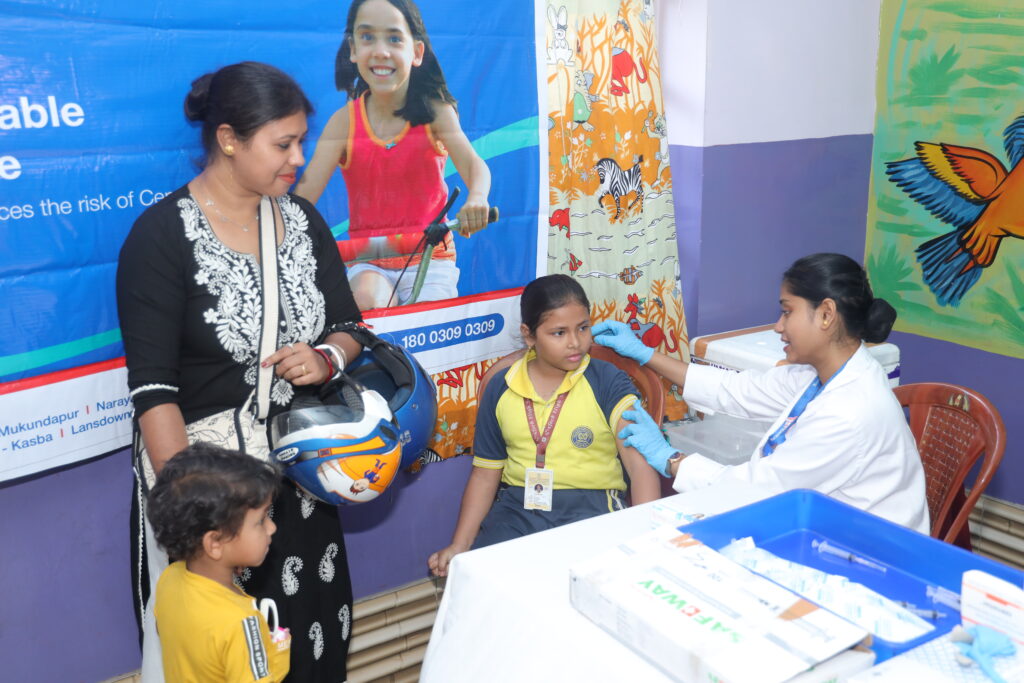
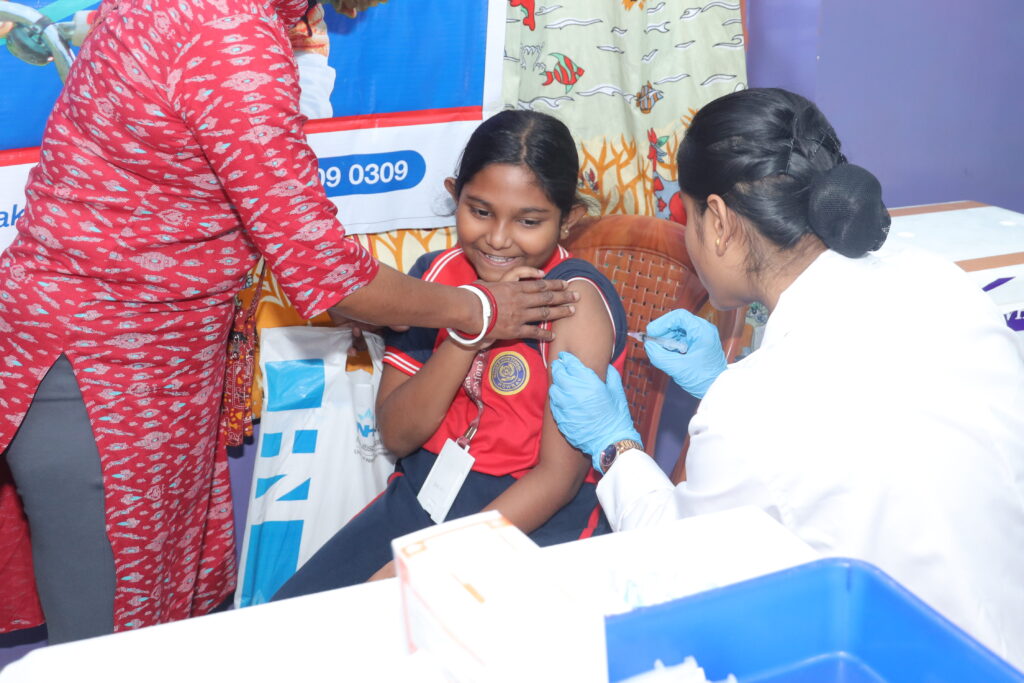

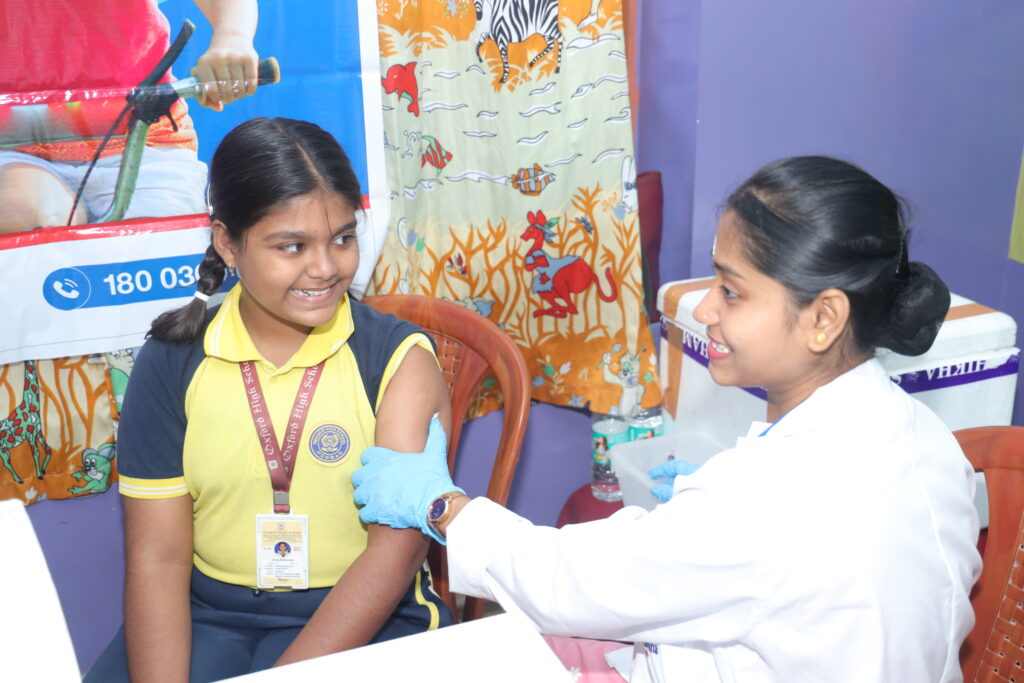
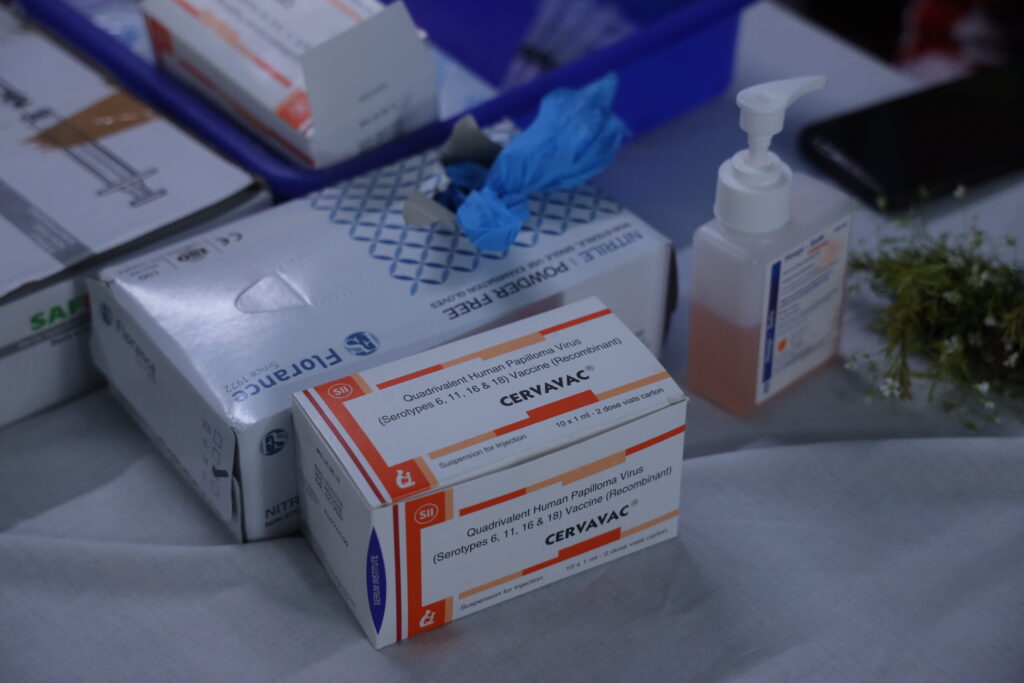
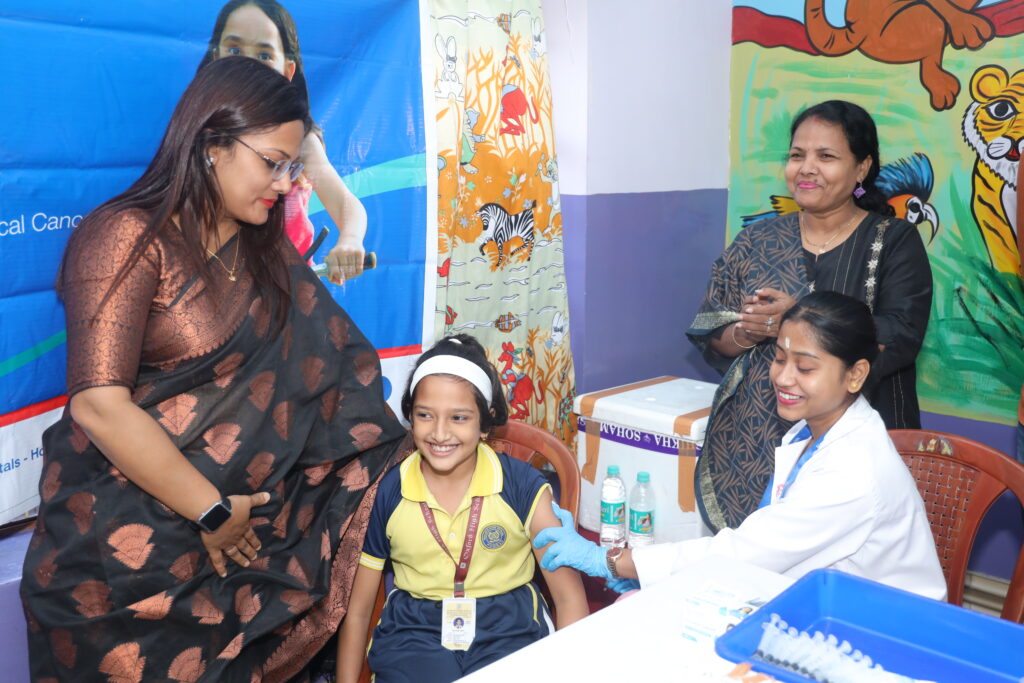

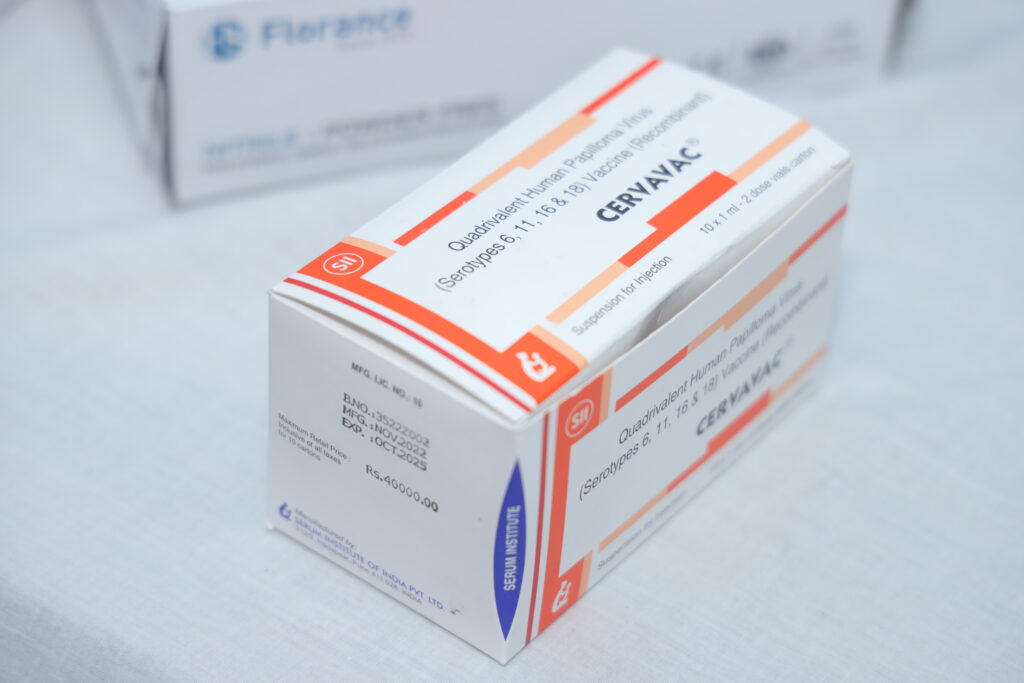
Oxford High School’s Initiative: A Step Towards a Healthier Future
By organizing this vaccination drive, Oxford High School has set a commendable example in preventive healthcare. The event aimed to increase vaccine coverage and awareness, especially in a country where cultural and socioeconomic factors often hinder access to preventive healthcare measures.
The collaboration with Narayana Health and the Rotary International Club of Belur ensured the drive was conducted professionally and efficiently. The school’s proactive approach not only safeguards its students’ health but also contributes to the larger public health goal of reducing cervical cancer cases in India.
Conclusion
Cervical cancer is highly preventable through timely HPV vaccination and regular screening. Initiatives like the one undertaken by Oxford High School play a pivotal role in combating this disease. As India continues to fight cervical cancer, it is crucial for schools, healthcare providers, and community organizations to work together to ensure better awareness, accessibility, and adoption of preventive healthcare strategies, paving the way for a healthier future for women across the country.

